RNZAF Support. A RNZAF B170 Bristol Freighter [see photo right] from 41 Sqn RNZAF based at RAF Changi in Singapore landed at Nui Dat every Thursday. Its arrival was eagerly awaited as it carried our mail both incoming and outgoing. It also carried freight and personnel. At times it was hard to get a seat for our soldiers going off on R&R as a number of seats were taken by RNZAF personnel trying to qualify for the Vietnam Service Medal. You had to be 30 days in the theatre and could accumulate the required number of days by making frequent short visits. The Bristol Freighter had a fixed under carriage and was an aircraft that created a lot of interest in Vietnam. The story that went around when we arrived went like this. A few USAF aviators had failed to lower their retractable under carriages on landing and as a result belly crashed wheels up. As a result air traffic controllers were instructed to check with the pilots about to land that their wheels were down. On being reminded to lower his under carriage a Bristol Freighter pilot’s reply was – “wheels down and welded!” low and slow - B170 inbound Nui Dat [Chris Brownie 41Sqn]
[webmaster - On enquiry to the Air Force Museum I was advised that the RNZAF Bristol Freighters were repainted into the camouflage scheme in (very) late 1969 through 1970, in order to meet US requirements for "in theatre" operations. US Troop Levels 1970.
President Nixon, the US president had announced the withdrawal of 50,000 US service personnel from Vietnam by April 1970. [as
the US crossed into Cambodia in March 1970 I guess a lot of troops had 'withdrawn' from SVN by April.. Ed]. The
feeling amongst the military hierarchy in Vietnam was that “pacification” and “vietnamisation” were going along well so the
announcement was not unexpected. The VC were not getting willing help from the general population and their morale was low. We
were involved in both pacification and Vietnamisation in 1970
Anti-malarial Treatments. Throughout the tour of duty in Malaysia all soldiers took Paludrine each day as an anti malaria precaution. The pill was administered under the control of section commanders and we had very few cases of malaria. If a soldier did get malaria it could be traced back to failure to take the Paludrine while on leave or away from supervision. When we got to Vietnam we heard that there were a number of cases of malaria and that Paludrine was not the complete answer. As a result we were put onto a new regime of anti malaria precautions sometime during the last operation. On February 6th I wrote that I had just been given my morning pills with my breakfast. The combination of a Paludrine , a Dapsone and an iron pill was to accompany my cocoa and tinned omelette! By February 17th we had stopped taking Dapsone as the really bad period for malaria was over. However, we continued to take Paludrine .
Discipline. Our soldiers
behaved themselves very well but there were always a number of
charges to be heard when we got back to Nui Dat. They were, for
the most part, for minor offences and the punishments could
range from fines to confinement to barracks to a combination of
both. Because we were on “Active Service” the punishments that I
could award were quite severe. Then, if the offence was deemed
to be a “Prevalent Offence”, the punishments could go even
higher. It is interesting to record the list of prevalent
offences at the time:
Humour. On 20 Nov
1969, as part of the orientation phase, I must have visited the
Horseshoe where V4 Coy were at that time. In my AAB 64 notebook
I have recorded that one our soldiers accompanying me asked
Bill, a V4 soldier where his mate Ted was. As quick as a flash
the reply was "He's down on the the Long Green playing the ninth
hole!" At the time I found it amusing enough to jot it down! Stupid Politician. Our Prime Minister Keith Holyoake was reported to have said that the NZ forces in Vietnam were not in an “operational theatre”. I am not too sure in what context he made the remark but at the time it caused quite a lot of consternation amongst the Kiwis in the Task Force. If it wasn’t an operational theatre we would like to have been officially advised. Perhaps those “operations” that we had been on were just “exercises”. Perhaps both our own and the VC casualties were just “accidents” and perhaps we should be using blank ammunition? There were a lot of cynical NZ soldiers in Vietnam when they heard what our PM had allegedly said. Rest and Recreation. Rest and Recreation (R&R ) was a five-day break away from Vietnam that everyone could take twice during our 12-month tour. Each week there were about five soldiers off on R&R to places like Hong Kong, Hawaii, Bangkok, Penang, Tokyo, Manila, Taipei, Singapore and Sydney. I think it was a US military scheme that both the Australians and ourselves latched onto. Married folk who had families in Singapore went off there. If their spouses were in NZ, and NZ was not an approved destination, the soldiers normally made arrangements to meet in one of the approved locations. Rest and Convalescence. Rest and Convalescence (R&C) was taken at the Peter Badcoe Club at Vung Tau. The club was named after an Australian Warrant Officer who had been awarded the Victoria Cross while working as an adviser with the Army of Republic of Vietnam (ARVN). The Club provided accommodation and messing around a large open-air swimming pool adjacent to a very nice open beach of golden sand. The complex was within the perimeter of the 1st Australian Logistic Support Group (1ALSG) base and fairly handy to the town centre of Vung Tau. Vung Tau was a war free area so as soon as we arrived all weapons were locked away in the armoury. Soldiers were briefed on the “dos and don’ts” of the city and allowed to go off in civilian clothes to explore the fleshpots and bars of the city. A recipe for trouble – yes, very much so, and we NZers had a reputation for causing trouble. I had heard stories, which ranged from the threat to ban NZers from Vung Tau to the over zealous military police who had a reputation for being very aggressive in their handling of our soldiers. We had a number of incidents occur but overall we came out of the short breaks relatively unscathed. I was on edge the whole time and did not enjoy the trip, however, most of the soldiers thought it great so that was a bonus. I never looked forward to our next overnight visit every 2-3 months.
Out Of
Bounds Establishments Vung Tau - 1ATF Routine Order 30/86
dated 24 September 1970 Alcohol. Spirits were duty-free and we could purchase, parcel up and sent home one bottle a week. The cardboard ammunition containers were ideal for packaging bottles of liquor and most soldiers took the opportunity to send some bottles home. Currency. The South Vietnam local currency, the “dong”, was almost worthless. As I recall we paid for our laundry in the local currency and our CQMS, SSgt Ron Litchwark, had to obtain thousands and thousands of dong to pay the bill. The Americans had introduced “military payment certificates” (MPC) to stop the local Vietnamese from obtaining American dollars and the likelihood that they would end up in the enemies hands. The MPC was in dollars and cents and all our transactions within the task force base were in that currency. Civilians were not permitted to use these notes but thousands did hoping that they would be able to convert them into US dollars in the future. To stop this happening it was decided to change the MPC and the date chosen was 7th October. At 0630 hours that day the money we were using became invalid and all notes were withdrawn throughout Vietnam. We had to operate on “credit” until the next day when the new MPC would be issued. I heard later that thousands of Vietnamese civilians besieged the American authorities trying to change their now worthless MPC. They were not successful and I believe a number committed suicide having become financially ruined. Origins of
Tan Tay Lan, Uc Du Loi, etc - Bruce Isbister V3
[abridged from VetNet]
|
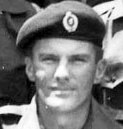
![low & slow - B170 inbound Nui Dat [Chris Brownie ex-41Sqn]](images/41Sqn_B170_chris-brownie.jpg)
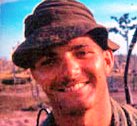 'I Was There':
Bruce Young
'I Was There':
Bruce Young![Bristol B170 Freighter at Nui Dat 1968-69 [internet]](images/bristol-nui-dat.jpg)


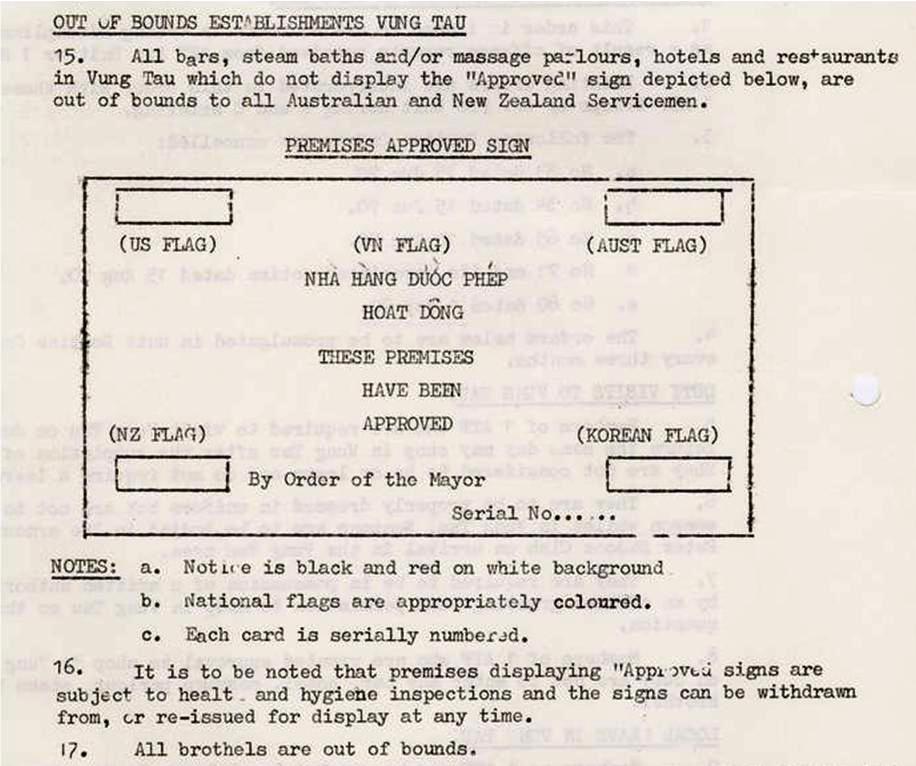

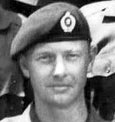 'I Was
There':
'I Was
There': 
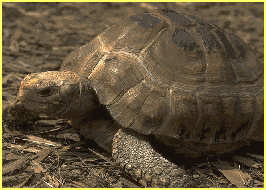
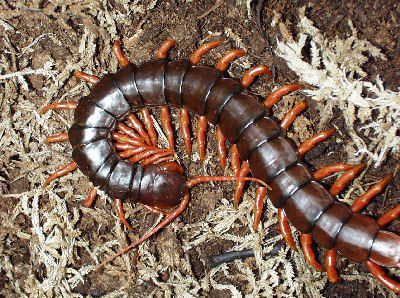
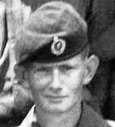 Centipede -
Centipede - 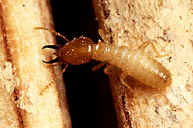
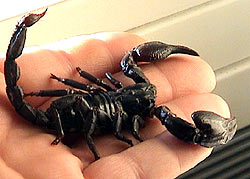

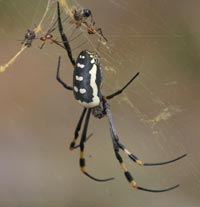
 ived being maimed on the approach into the area, there
was a likelihood of contact in the next 24 hours and I was no longer required to carry my 50 Lb pack
and radio. When the
harmless brown snake slithered out from beside the tree and across my boots I calmly looked at what I thought was a lovely
example of the local fauna and quietly said to the signaller next to me “look at the snake”. "SNAKEEEEEEE" screamed
the
ived being maimed on the approach into the area, there
was a likelihood of contact in the next 24 hours and I was no longer required to carry my 50 Lb pack
and radio. When the
harmless brown snake slithered out from beside the tree and across my boots I calmly looked at what I thought was a lovely
example of the local fauna and quietly said to the signaller next to me “look at the snake”. "SNAKEEEEEEE" screamed
the 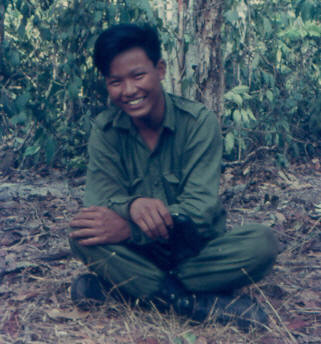
 very old French mortar barrel.
very old French mortar barrel.![Jack Broughton in centre [Welsh]](images/scan0019_small.jpg)
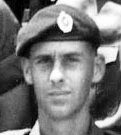 John Fisher
John Fisher